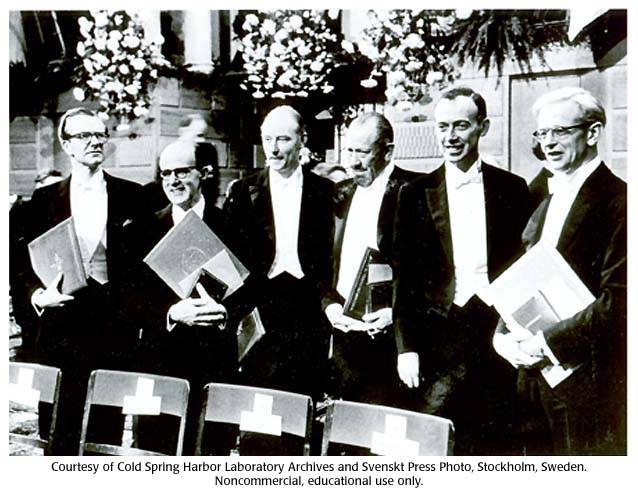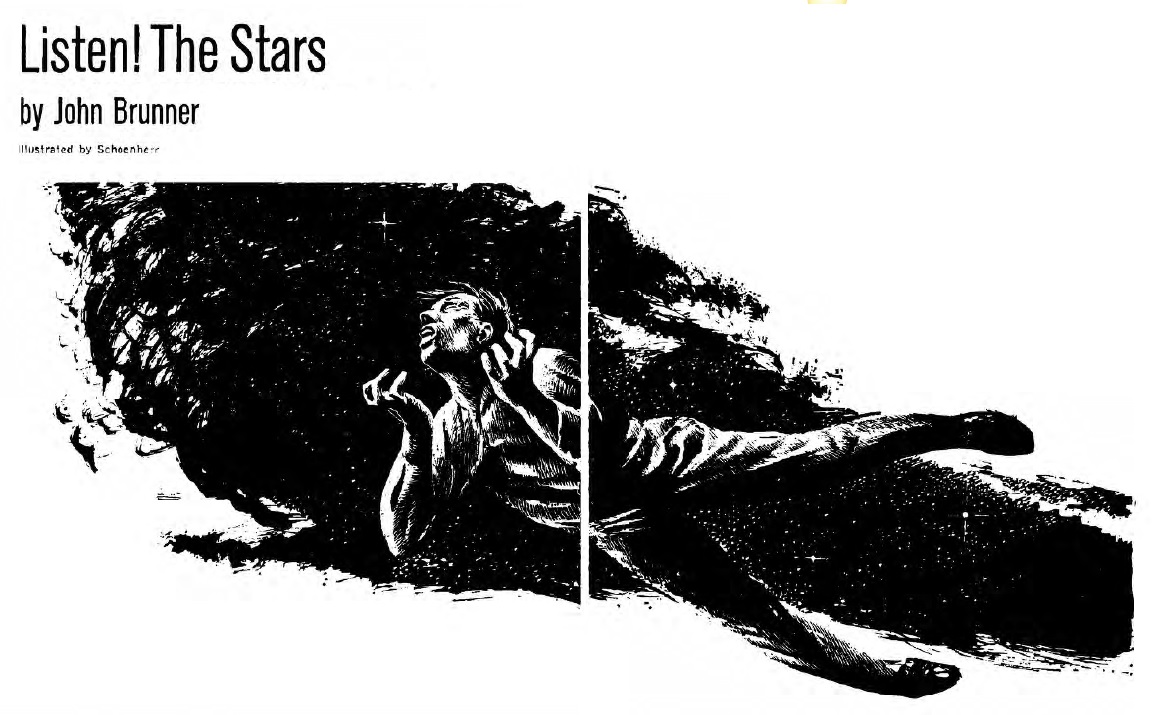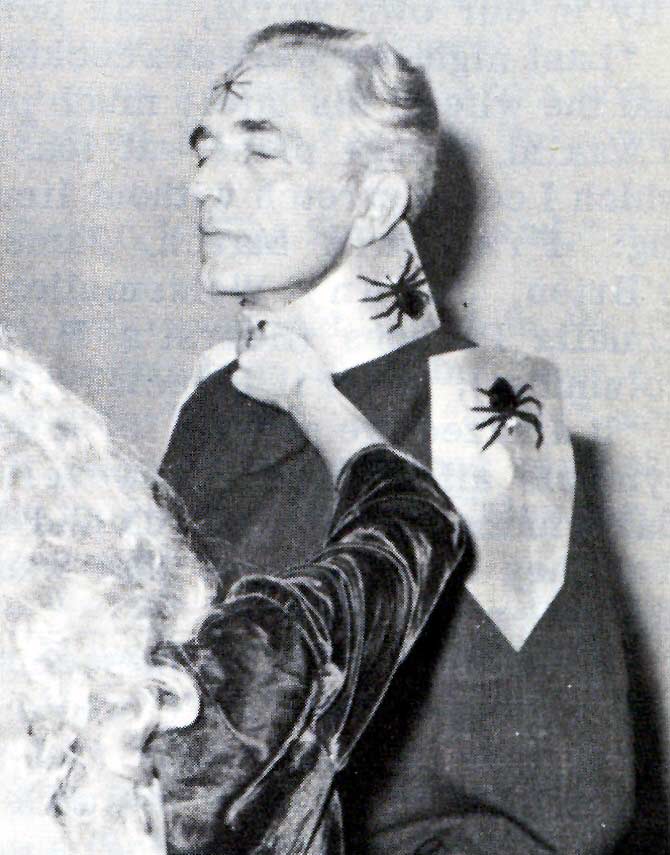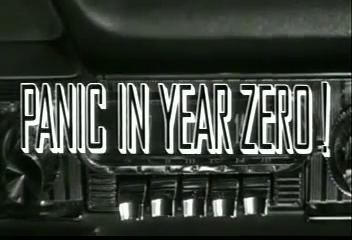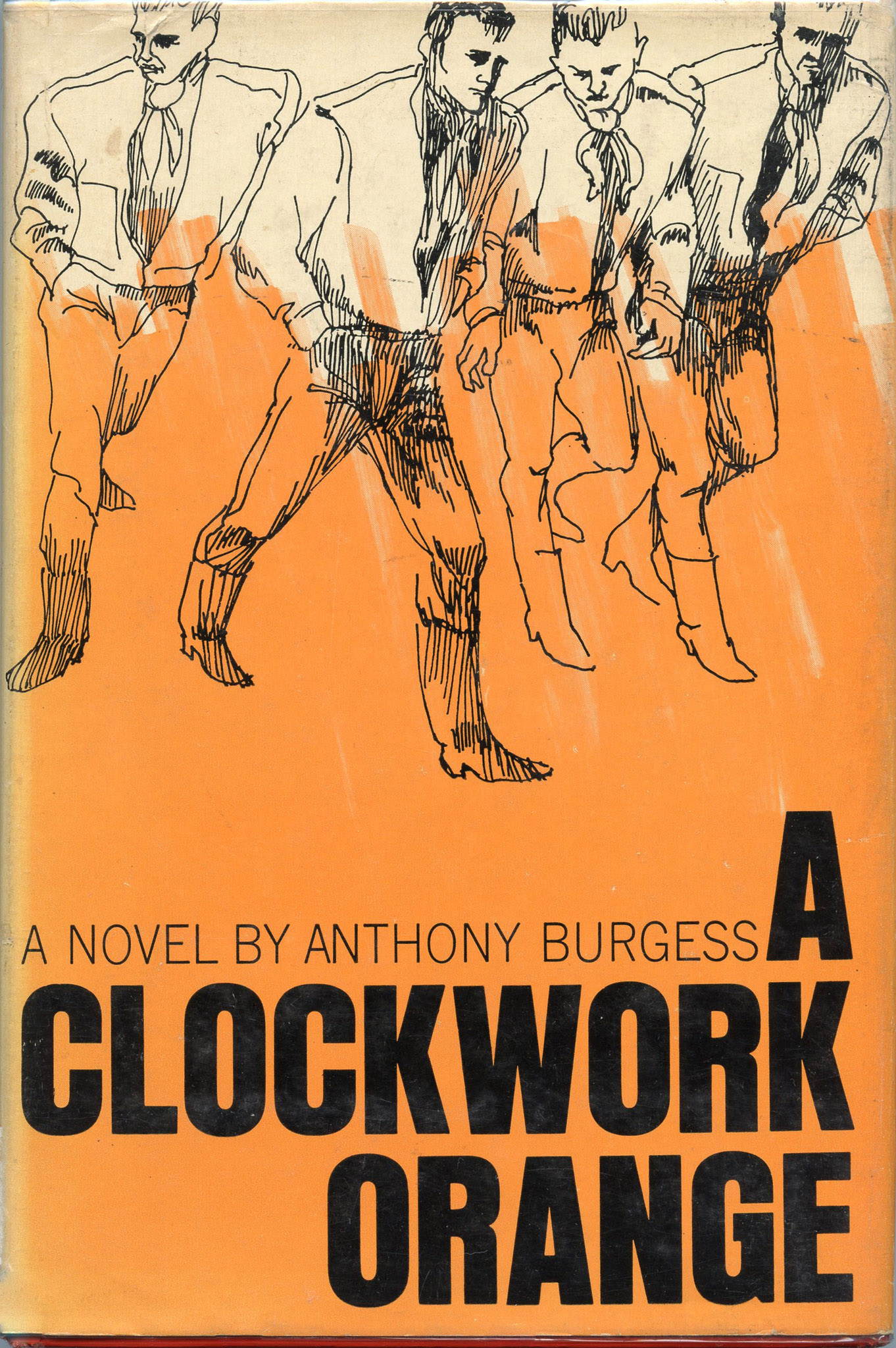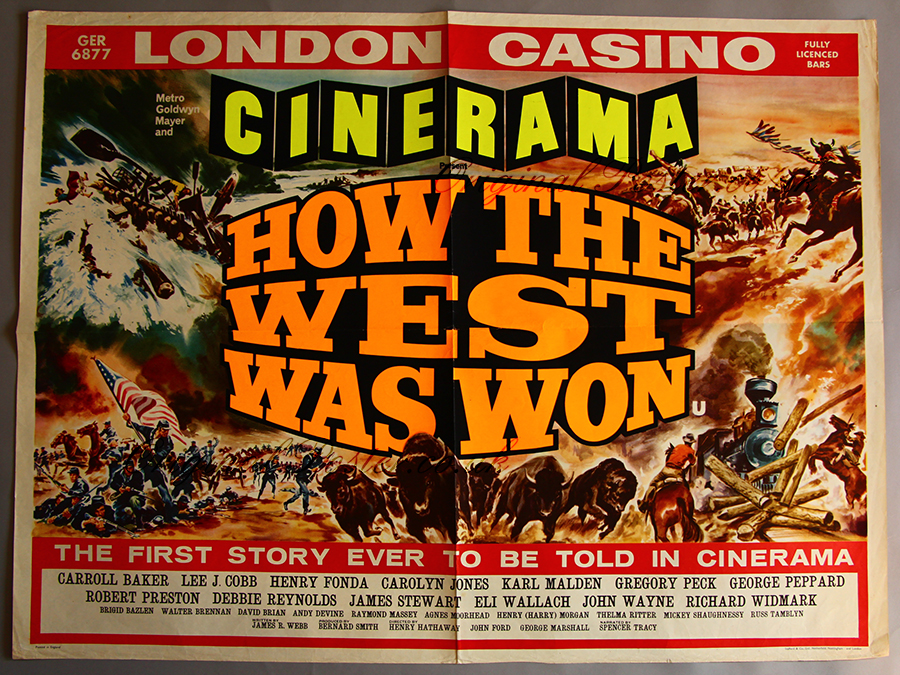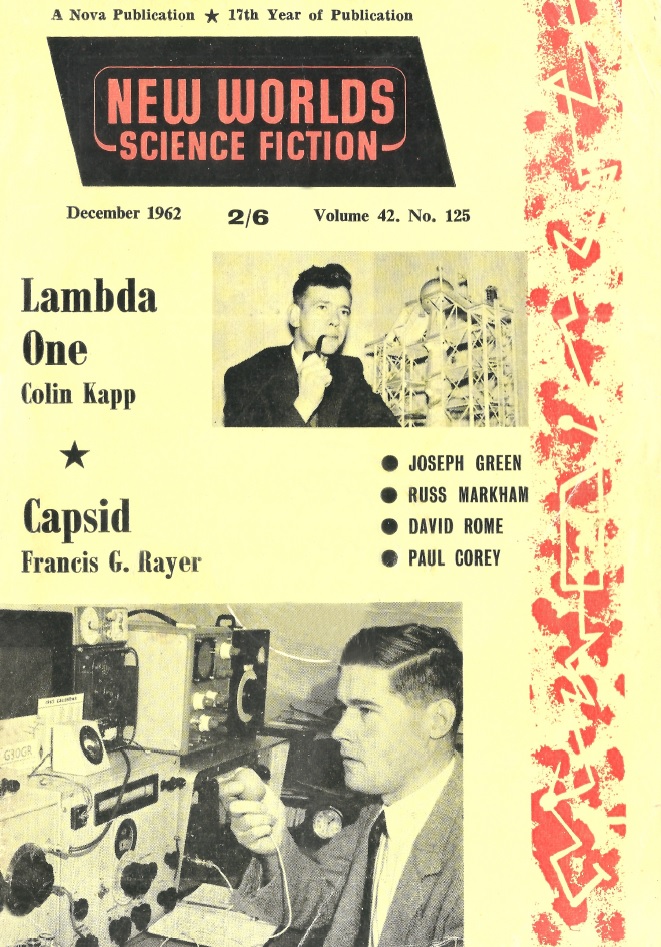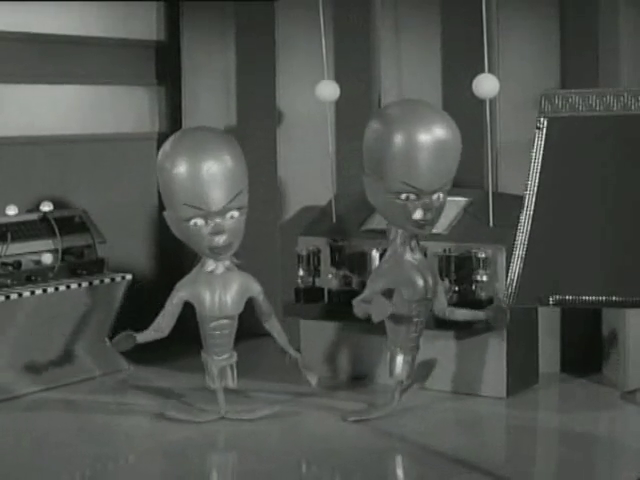
by Victoria Silverwolf
Plus ça change, plus c'est la même chose.
(The more it changes, the more it's the same thing.)
Jean-Baptiste Alphose Karr, Les Guêpes, January 1849
Those famous words of the noted French journalist of the previous century are worth pondering at this time, when we look forward to a new year. Thanks to the peculiarities of the publishing industry, we can already see the prophetic words January 1963 on every newsstand, and if there's one thing we can safely predict, it is that the breakneck pace of technological headlines will not slacken.

Earlier this month, the University of Manchester (United Kingdom) offered another glimpse into the future. The Atlas computer, the most powerful in the world, began operating on December 7. Said to be equivalent to four IBM 7094 devices, it operates at a speed approaching one million instructions per second.

The American spacecraft Mariner 2, so ably discussed by our host in a previous article, flew by Venus on December 14. The data from the probe seem to indicate an atmospheric temperature of nine hundred degrees Fahrenheit. So much for oceans and dinosaurs!

Just one day before this historic encounter, the Relay 1 satellite soared into orbit atop a Delta B rocket. Designed to study the Earth's radiation belts, it will also serve as a communications satellite, similar to Telstar 1. If it, works, that is. Due to a battery leak, the new spacecraft isn't likely to change our knowledge of the universe…or that of goings-on in other continents.
Speaking of that renowned spacecraft, the instrumental number of the same name by the Tornados, already a smash hit in the United Kingdom, reached Number One in the USA today, much to my delight. After suffering through five weeks of Big Girls Don't Cry by the inexplicably popular Four Seasons at the top of the charts, this sprightly tribute to the Space Age is a refreshing change of pace. Keeping in mind the wise words of Monsieur Karr, however, we can expect this charming import to be an anomaly, and not the sign of a British invasion of the American airwaves.

The latest issue of Fantastic also bears the hallmarks of change, breaking with tradition by including a nonfiction article and a book review. Nevertheless, at its core, it remains the old magazine we know and love, continuing to provide entertainment for the reader of fantasy and science fiction.

The first item of note, before moving on to the contents proper, is that all five letters printed in the According to you . . . section of the magazine offer high praise for Fritz Leiber's story The Unholy Grail, which appeared in the October 1962 issue. Such universal acclamation is rare among fantasy fans, notorious for their contrary opinions. (Just note the continuing debate over David R. Bunch in the same letter column.)
Neither Stairs Nor Door, by Robert F. Young
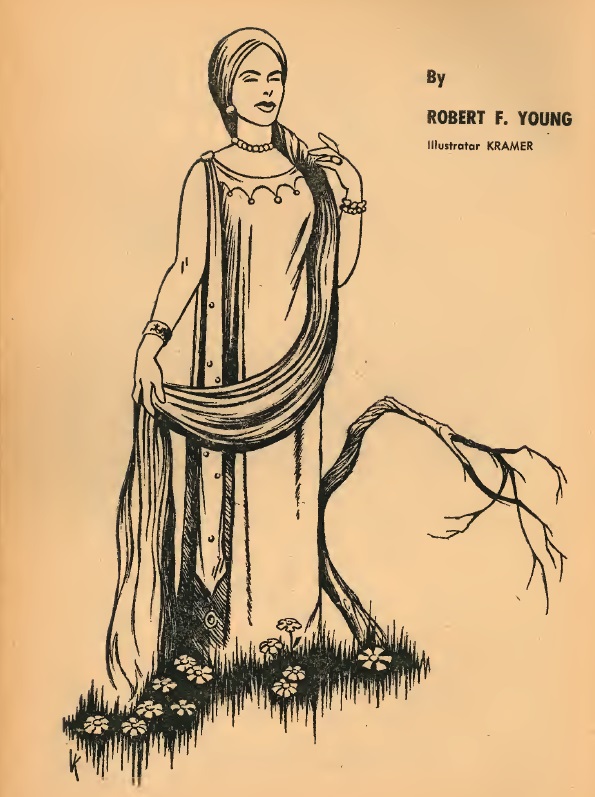
An author who often combines science fiction with romance makes use of a familiar legend in this simple but charming tale. In medieval times, an unhappily married woman witnesses a handsome, beautifully dressed man emerge from a tower that appears from nowhere. The reader already knows that he's really an alien come to Earth in a shuttlecraft from the mothership. You'll probably predict which fairy tale this story parallels, but it's enjoyable enough. Three stars.
In the Days of King Arsgrat, by John Jakes

A boy who has lived alone in the wilderness since early childhood arrives at a village and is adopted by a childless couple. At first, the setting seems to be a fantasy world. We soon find out that the story takes place centuries after a disaster destroyed civilization. The descendants of the survivors are awed by the few artifacts left behind by their remote ancestors, whom they think of as gods. They go on raids to destroy the hated Green Crabs, and live in fear of the unseen King Arsgrat, to whom the most desirable of the young women in the village go when they come of age. The hero, in love with a girl doomed to this fate, determines to confront King Arsgrat. What he discovers changes his former skepticism about the gods. This is a compelling, thoughtful adventure story with a subtle touch of satire. The nature of the Green Crabs, and the true identity of King Arsgrat, are surprising, and make the reader think about the things our modern society considers important. Four stars.
Ghost and Ghoul, by T. C. Lethbridge
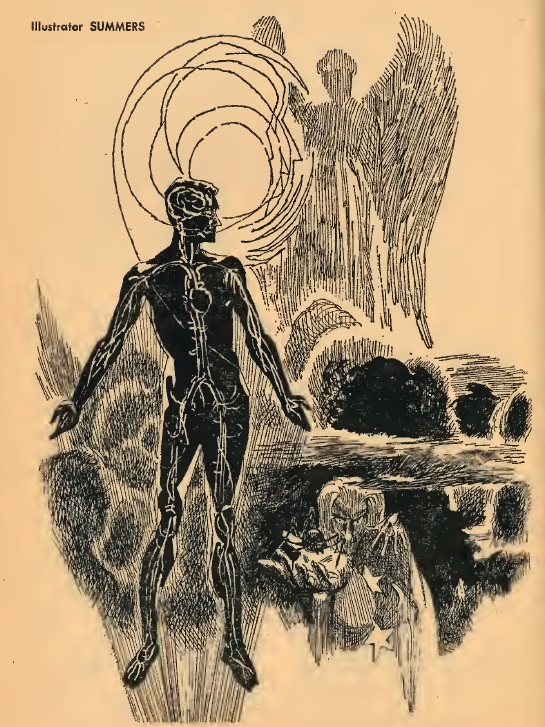
This excerpt from the book of the same name is the first nonfiction article I've seen in Fantastic. The author attempts to explain paranormal phenomenon by hypothesizing that the human brain filters out most information before it reaches the mind. Only gifted psychics can perceive such things. The author presents no evidence for his theory and is unlikely to convince any skeptics. One star.
The Leech, by Jack Sharkey

An officer of the law goes to arrest a man for practicing medicine without a license. The fellow only wants to help people, using a bizarre method to remove cancer from the patient's body. He makes a deal with the officer, with unexpected consequences. This is a fairly effective horror story with a gruesome climax. Three stars.
Three Tales for the Horrid at Heart, by Brad Steiger

As the title implies, this piece consists of a trio of very short stories with grim, ironic endings. In the first, a man has his ESP tested under rigorous conditions. In the second, a police detective tries to expose a spiritualist. In the third, two persons await battle with the one who threatens their existence. How much you enjoy them may depend on your fondness for bagatelles. Two stars.
The Man Next Door, by Paul Ernst
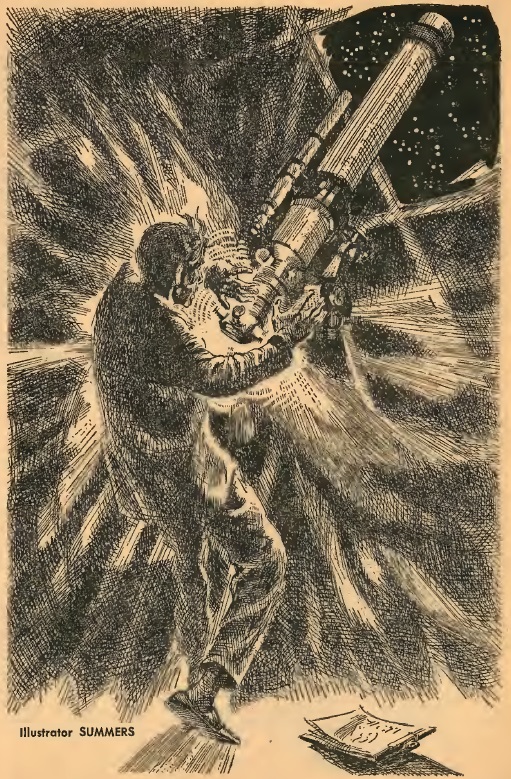
This month's Fantasy Classic first appeared in the March 4, 1939 issue of Argosy. A mental patient who made a hobby of astronomy during his rational moments disappears from an insane asylum. At the same time, a mysterious fellow purchases the empty house next to the narrator's home. A series of strange deaths is involved. The solution to the mystery isn't surprising, even if you don't bother to read the introduction by SF historian Sam Moskowitz, who always reveals the plot gimmicks of these reprints. The story comes to a very sudden, unsatisfactory end. Two stars.
The Forelife Myth, by Albert Teichner

Ghosts debate the existence of people. The author creates an imaginative setting, where the spirits of the dead have no idea why they suddenly appear, at any age from newborn to elderly, in what seems to them to be the only real world. Although the plot is extremely simple, the background is constructed with great care. Three stars.
3rd Sister, by Arthur Porges

As a young girl, the narrator faces the impending death of her mother. In a desperate effort to save her life, she goes to a house inhabited by three elderly sisters rumored to be evil. The plot involves a familiar myth, which the author uses with good effect. Four stars.
(I might also mention that the above two stories are greatly enhanced by the chilling art of Lee Brown Coye.)
On the Road to Splenoba, by Roger Zelazny

I believe this is the longest work yet from a new writer who specializes in very short stories. A Communist official traveling in a remote area behind the Iron Curtain has to stay the night at the castle of a Baron. If you've ever seen an old horror movie on Shock Theater, you won't be too surprised at what kind of being the Baron turns out to be. Not as poetically written as the author's miniature tales, this story does feature an interesting twist at the end. Three stars.
Fantasy Books, by S. E. Cotts
To my knowledge, this is only the second time that the magazine has printed a book review. The subject is Ray Bradbury's new novel, Something Wicked This Way Comes. I have read and enjoyed this nostalgic fantasy of an evil carnival and the effect it has on two young boys in a small town. I recommend it to those who enjoy Bradbury, although you may want to wait until it comes out in paperback. (The hardcover costs almost five dollars!) The reviewer is not so enthusiastic. The main objection is that the book never comes together as a whole, and is more like a series of beautifully written sketches. Whether or not you agree with this assessment, the review is thoughtful and persuasive.

With so many changes, both welcome and unwelcome, going on in the world these days, it's good to know that some things, like the eternal movement of time through the years, or the fact that any issue of a fiction magazine is going to have both gems and dross, never change. Have a good 1963!

[P.S. If you want the chance to nominate Galactic Journey for Best Fanzine next year, you need to register for WorldCon before the end of the year! (or have registered last year… but then you can only nominate, not vote.) The Journey will be at next year's WorldCon, so don't miss your chance to meet us and please help put us on the ballot for Best Fanzine!]







